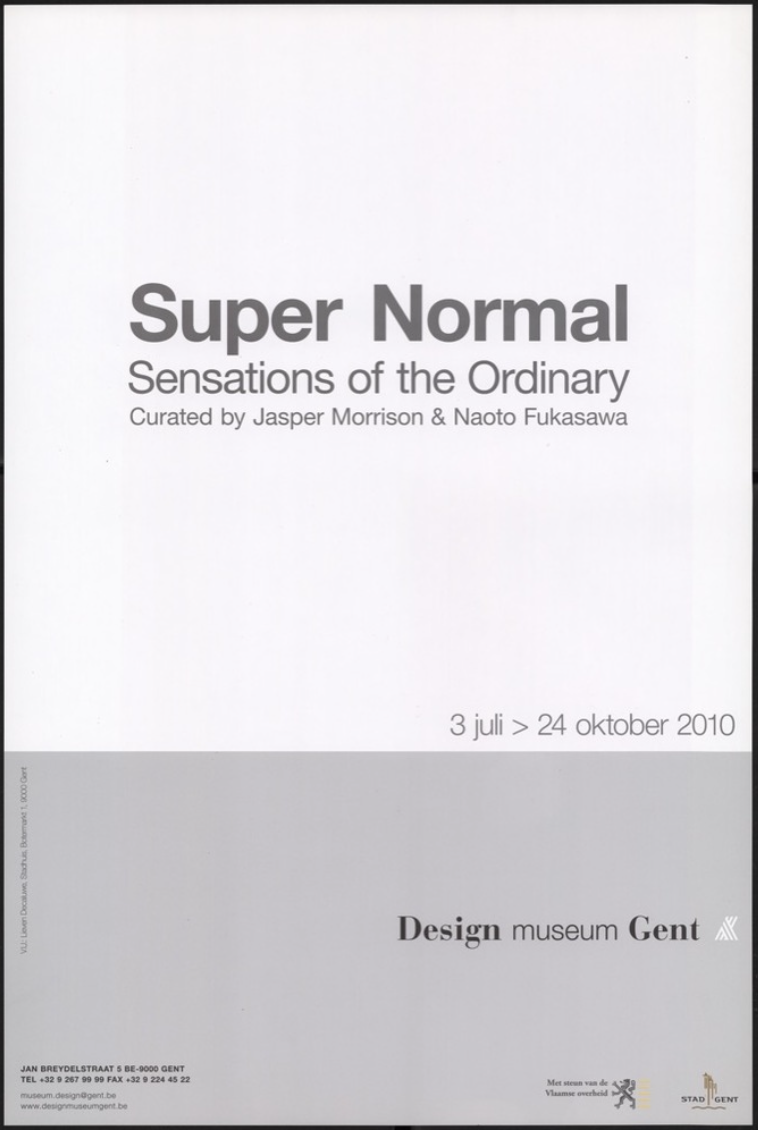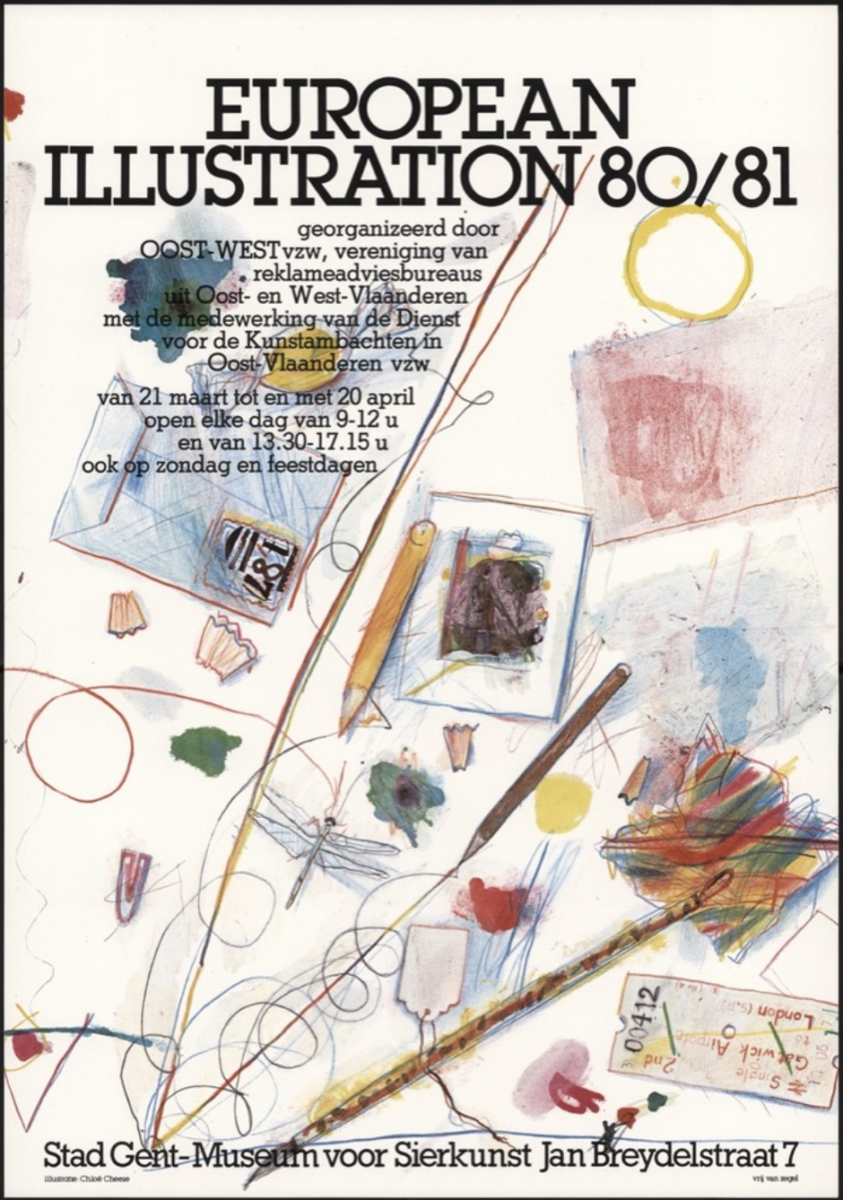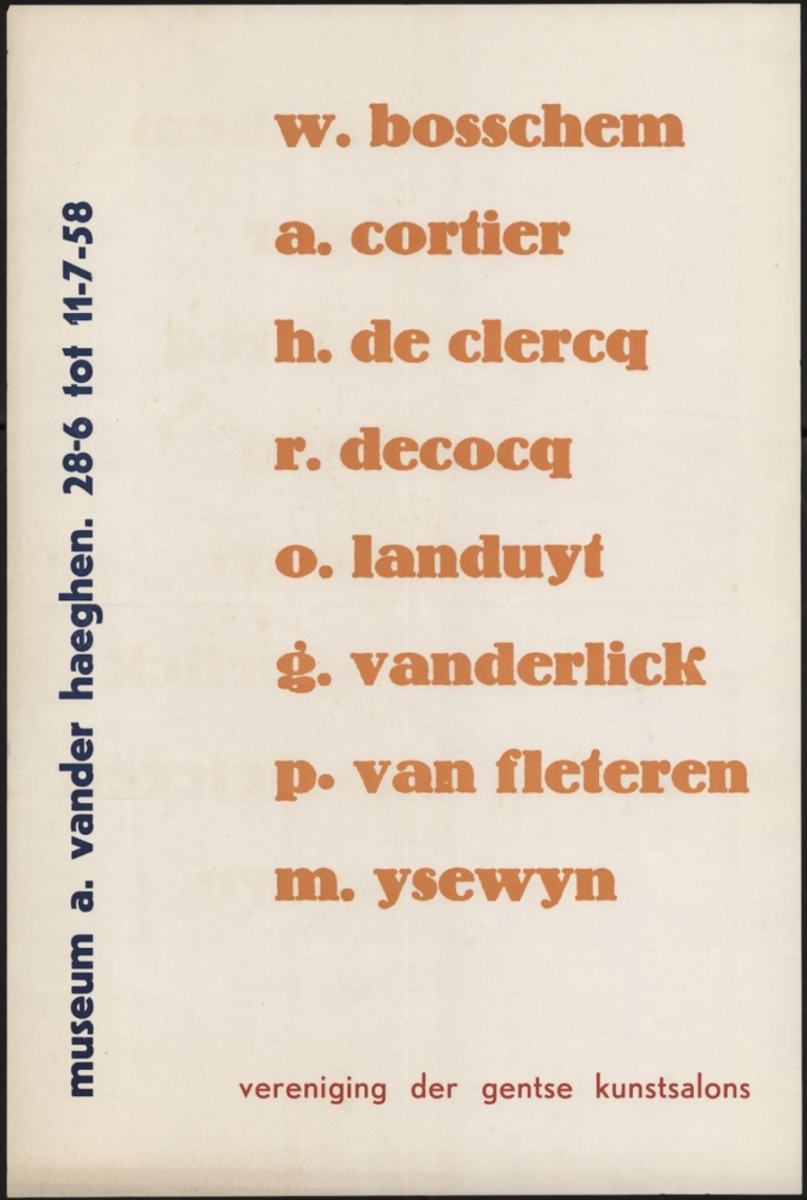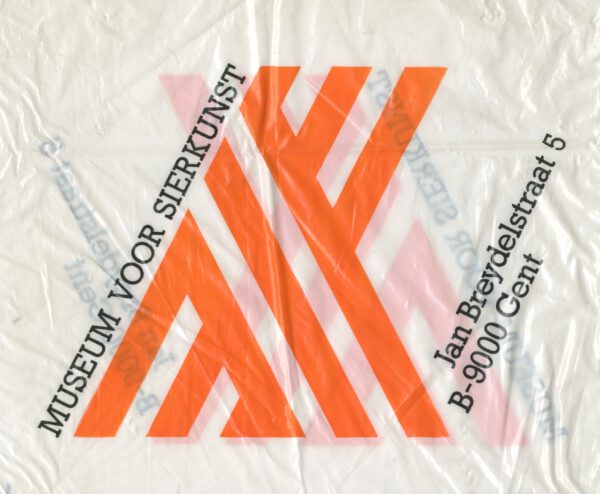Graphic Design
Museum Gent
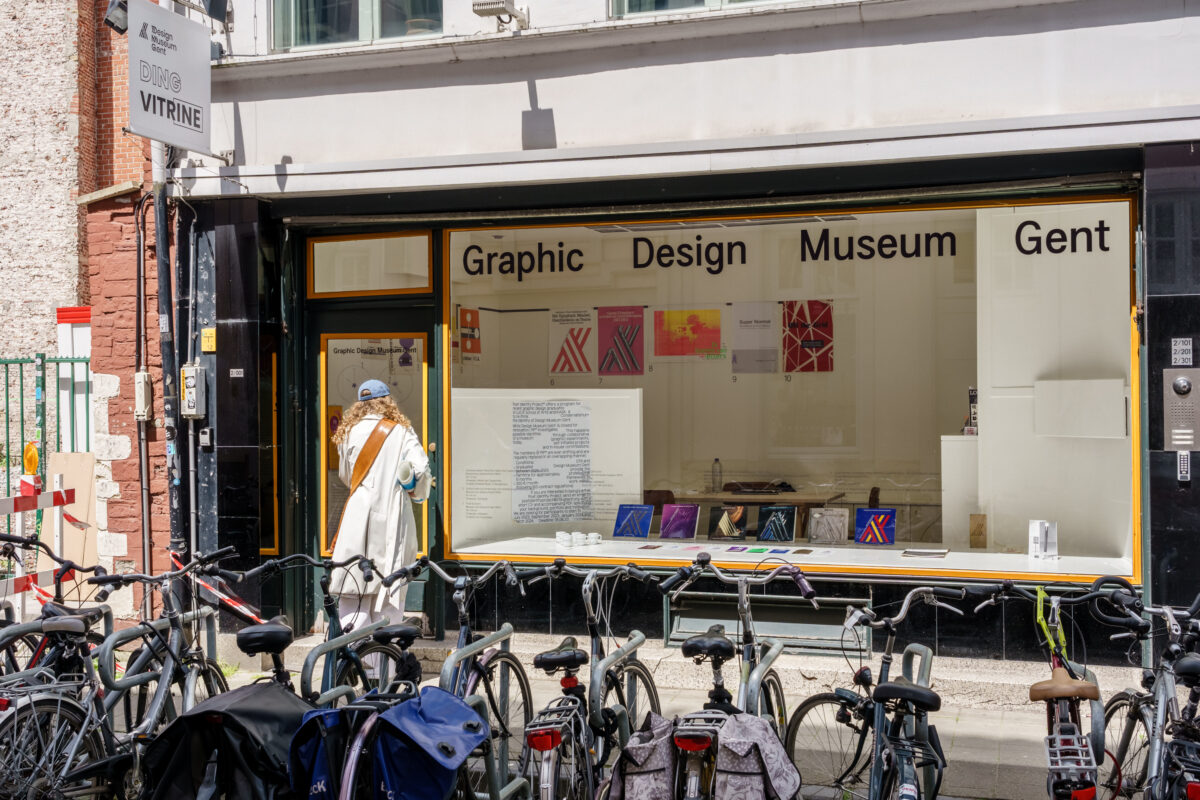
Graphic Design Museum Gent is a place where Belgian graphic design is researched, discussed, documented, and exhibited. This temporary museum is a workspace of the Belgian Institute of Graphic Design (BINGO), which is researching the graphic history of Design Museum Gent, and Post Identity Project* (PIP*), which is exploring what different new graphic identities the museum can adopt.
Post Identity Project* (PIP*) offers a programme for recent graphic design graduates of LUCA School of Arts and KASK & Conservatorium to rethink the (graphic) identity of Design Museum Gent. During the museum’s renovation, PIP* investigates which different (graphic) identities a museum can adopt today. This happens through experiments, self-initiated projects and in-house commissions. The members of PIP* take turns on regular basis. 019 and Design Museum Gent provide the professional framework to work within.
The Belgian Institute of Graphic Design settled for eight weeks in the DING vitrine of Design Museum Gent, sharing and inhabiting the space with the Post Identity Project* (at the moment: Ran De Vos and Bruno Jacoby). It is a period too short to dive deep into the museum’s graphic history, but enough time to open a selection of archive boxes and discover some snippets of its past.
The graphic design material of the museum is conserved in different locations, according to their format. The posters are today part of the collection, while the invitations and catalogues are contained in the archives. This publication provides a first look at the rich graphic history of Design Museum Gent. Hopefully, this will allow us to reflect further on the importance of graphic design inside and outside the museum.
We gathered ten posters from different time periods of the museum on the walls of the DING vitrine, showing the evolution of the museum’s graphic identity. This first selection of posters was visible during our whole intervention. They formed a reference point for our research, but also functioned as conversation starters for the many passers-by. In the front part of the vitrine, we had temporary exhibitions for approximately one week. The exhibited material came from the museum itself, but also from external institutions, such as the Letterenhuis, Fonds Lucien De Roeck, and the archives of La Cambre. When possible, we showed the original material, but sometimes we had to produce some reproductions.
This led to four temporary exhibitions and research trajectories:
- The evolution of Design Museum Gent’s graphic identity
- The graphic designer, illustrator and educator Hélène Van Coppenolle
- Frida Burssens wonderful poster series
- The exhibition In koeien van letters: 50 years of graphic design in Flanders
We first focused on the current identity and the origin of the logo. This brought
us to learn more about the graphic designer Piet Vandekerckhove. He worked at the museum for a long time, designing posters, invitations and was very involved in the exhibition In koeien van letters, as he had the idea for the title1. We can also mention that he created two completely different identities for the museum, a rare case in graphic design where a new identity often means a new graphic designer.
The museum’s earlier posters and invitations weren’t made under one cohesive identity. The choice of font then probably depended on the capabilities of the printer. The design of printed material most likely relied on the person organising the exhibition.
Certain posters stand out in the series. We could first mention the work of Hélène Van Coppenolle. The poster she made for a collective exhibition in which she participated shows her illustrative playfulness. Some of her other works are kept in the Letterenhuis in Antwerp but also in the archives of La Cambre, which show her relationships across Belgium.
Another wonderful series of posters is by the graphic and interior designer Frida Burssens. They bring the first steps towards a cohesive yet changing and playful identity. She worked for the museum during an exciting period, where an impulse was given to national social design. Her work spread to the spatial design of the exhibitions as a decorator.
Finally, it was important to draw attention to the few exhibitions that took place at the museum focussing on graphic design and its history. In koeien van letters: 50 years of graphic design in Flanders was organised in 1997 under the initiative of VIZO, the Flemish Institute for Independent Entrepreneurship. The exhibition gathered the works of many graphic designers active at the time and also had an overview of the important figures in Belgian and Flemish graphic design. The history of graphic design in Belgium was featured for one of the first times. We will have to wait more than 20 years for Belgian graphic design to be exhibited again. In 2020, the exhibition Off The Grid presented graphic works from the sixties and seventies as seen through the eyes of graphic designer Sara De Bondt, highlighting the rich creativity Belgian graphic design.
The future of the museum with the renovations and the new building is the moment to reflect on what Design Museum Gent can become and where the focus should be. The initiative, such as Post Identity Project* (PIP*), to invite young graphic designers is an interesting challenge and opportunity to support the graphic design field in Belgium. We can only encourage Design Museum Gent to take an active position for and in Belgian graphic design. The ever-evolving identity of Design Museum Gent testifies to design’s ability to change and grow with its public.
Finally, we would like to thank Ran and Bruno (PIP*) for the design of the publication and the team of Design Museum Gent, particularly Katrien Laporte, Isaline Raes, Evelien Bracke, Annelies De Mey, and Eva Van Regenmortel for their trust and their guidance during the whole project.
Find out more about: The Evolution of the identity of the Design Museum Gent
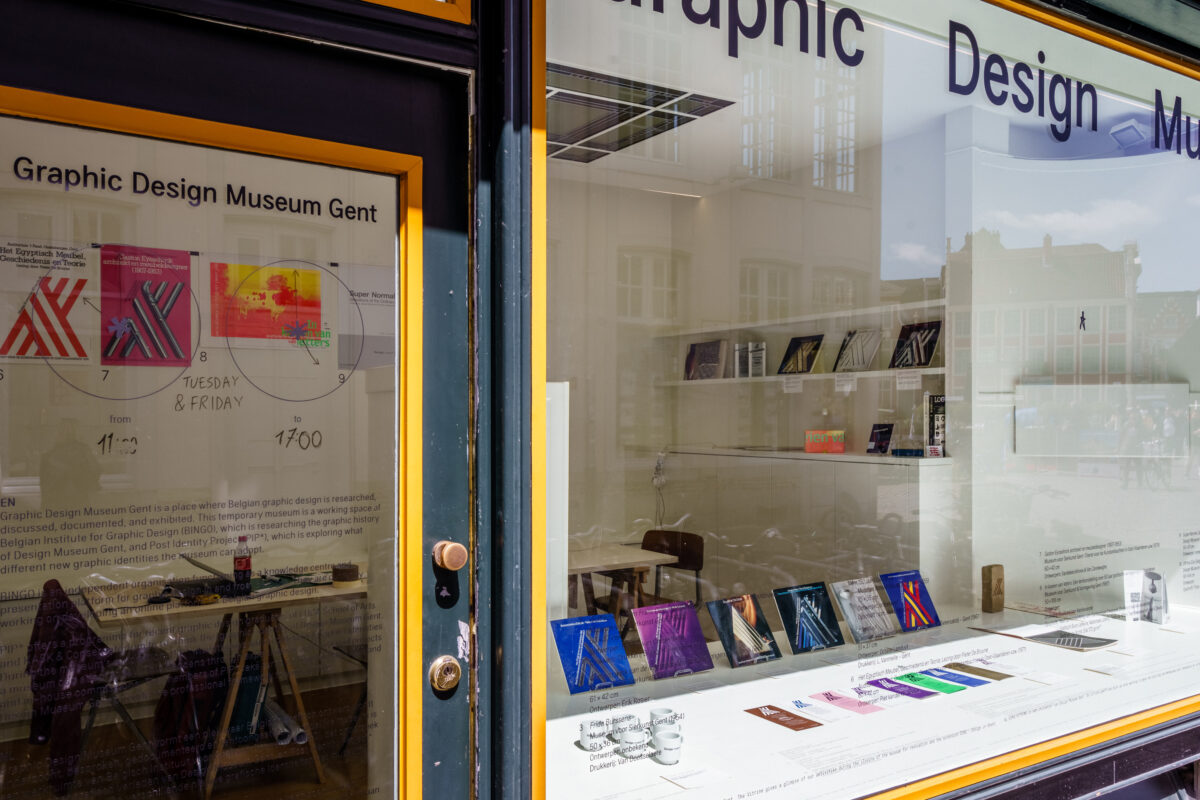
1Johan Valke, Foreword, Kwintessens Vlaamse tijdschrift voor vormgeving en mode: Grafisch Ontwerp, Design Vlaanderen, 2009 N. 4
